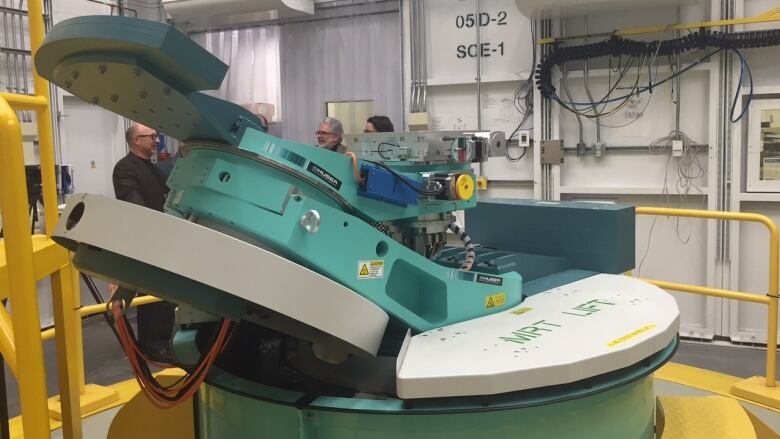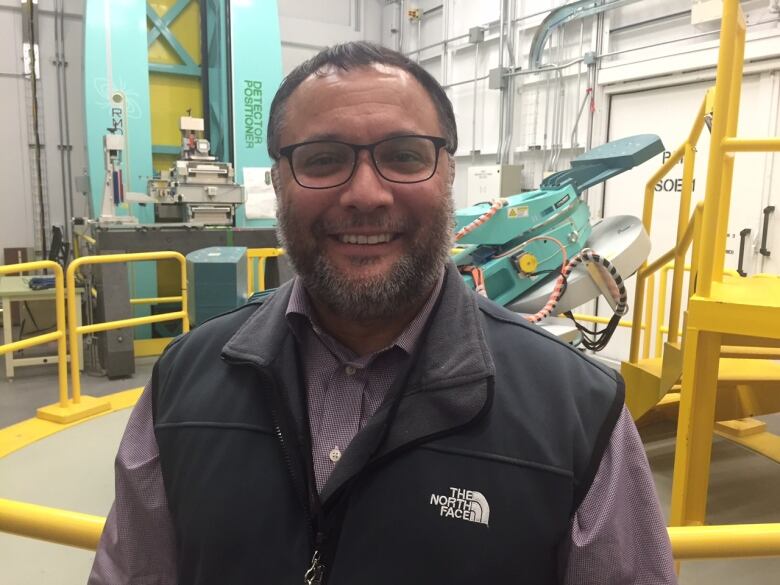Saskatoon's synchrotron to partner with University of Calgary oil researchers
Project looks to increase recovery rate of heavy oil

The University of Saskatchewan's synchrotron is partnering with the Petroleum Technology Research Centre at the University of Regina and the engineering department at the University of Calgary to find new ways to get more cold, heavy oil out of underground oil wells.
The partnershipwas announced today,along with a funding announcement,at the U of S campus. Innovation Saskatchewan is kicking in$160,000, along with $100,000 from thePTRC. The CLS and the U of C engineering department are both contributing through their work and research on the project.
According to an emailedreleasesent out by the CLS, the synchrotron will be used to image a heavy oil system, detailing foamy oil formations in reservoirs.

The work will allow those in the oil industry to see and understand heavy, foamy oil dynamics as the oil is depressurized in a reservoir when it'sbrought to the surface.
The end goal of the work is to increase the recovery rate of this heavy oil, which unlike lighter crude oil, is found in the Lloydminster areaand eastern Alberta, according to University of Calgary professor Ian Gates.
Another contributor to the decreased pressure is the movement of sand particles through the oil, as it's brought to the surface, according to Gates, who specializesin chemical and petroleum engineering.
The project will also aim to find ways torepressurizethe resevoir in question so that more oil can be brought to surface, Gates said.












_(720p).jpg)


 OFFICIAL HD MUSIC VIDEO.jpg)
.jpg)



























































































